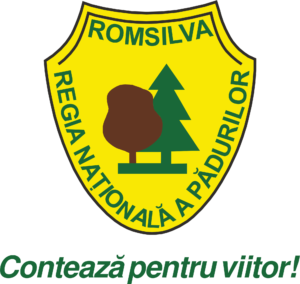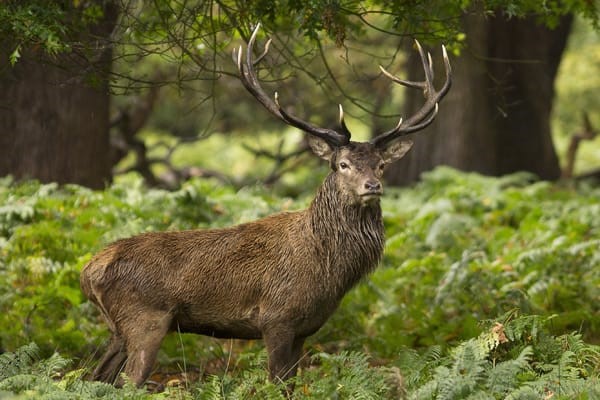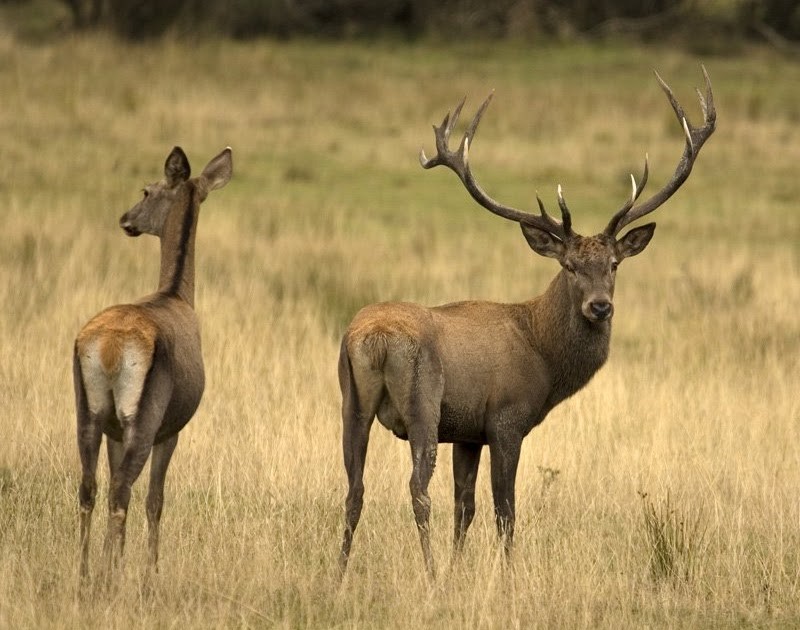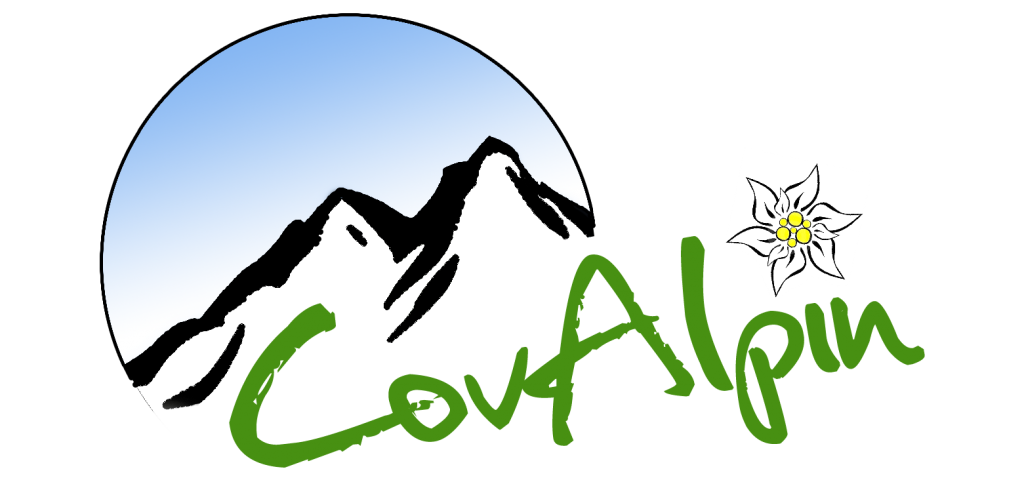Project initiated and carried out by RNP Romsilva - Covasna Forest Directorate in partnership with CovAlpin

The stag (Cervus elaphus)

The stag, (Cervus elaphus), is part of the Cervidae family and is a herbivorous mammal, which is part of the category of ruminants and artiodactyl also called Artiodactyla.
The Cervidae family includes about 45 species like reindeer, moose and roe deer.
The defining features of the stag are certainly the elegant, reddish-brown, ramified antlers that grow only in males.
Male stags are larger than fawns – the name for the female stag. In terms of size, males weigh between 180-300 kg (about the size of a motorcycle), and females between 80-150 kg.
Males lose their antlers at the beginning of each March, a phenomenon that stretches, depending on the age and strength of each of the stags, even until May.
Deer can live, in the wild, up to about 18-20 years, but they rarely reach this age. At the age of 12-14, deer reach their maturity.
During the mating period the male bellows and grunts. When it is scared, both the deer and the fawn release a nasal bleat (a specific „hoarse” sound). The stag has a sense of smell vry well developed, good hearing and good enough vision.
Where does the stag live?
The stag usually live in areas with very extensive forests, which also have clearings with many springs, especially because there they can find peace and also many sources of food.
It prefers coniferous forests and forests with open spaces, avoiding areas with dense vegetation.
What does the stag eat?
The stag has a herbivorous diet. It feeds with the plants and vegetation that are characteristic of the area where it lives. During the winter, food is scarce for the stag (as for all cervids) and consists of acorns, buds and sometimes tree bark, green leaves left under the snow, various dry leaves and grasses, as well as green plants from cultivated land. Acorns are the staple food. It also takes rather well the food provided by humans: hay, succulents and concentrates.


Curiosities about the stag
-
Male stags have beautiful and imposing antlers that fall off every year and new ones grow in their place.
-
The stag is sociable from autumn to spring, when the males group in herds led by a young stag, and the females in separate herds of fawns, led by the oldest fawn. Only very old or very strong stags live alone. Fierce battles are fought between the male stags for the supremacy of the fawn herds.
-
Stags have a well developed sense of smell, good hearing, but poor eyesight. The deer can mostly spot the movement rather than the human figure. It can approach a human up to about 15 meters without noticing it.
-
The first row of antlers begins to develop around the age of 1 year, usually in May, the process ending in the autumn, in September. The antlers are up to 30 cm long.
-
Stags have the ability to jump quite high and are also very good swimmers.
-
An offspring starts taking its first steps 30 minutes after being born and stays with its mother for the first year of life.
-
Just like the other large mammals from the forests of Romania, the Deer has a great significance from a symbolic and mythological point of view, being also present in several fairy tales and stories and being often used as a symbol of power and elegance.
